There is so much the variety of harmful products that we emit and so diverse the means that we harm that it is hard to inventory and fully understand the multiplicity of substances and factors involved in the damage, and much more difficult, if not impossible, to predict the impact which will have the sum of its effects on the planet in terms of 50 or 100 years. The human being in a short time has turned the Earth into a kind of supermarket or department store for contaminants and contaminants.
With just over a week before the start of the Copenhagen Cop15, the UN-sponsored Climate Change Summit, to be held in the capital of Denmark between December 7 and 18, 2009, the occasion to review certain concepts is valid and remember some relevant aspects about our beloved and attacked planet, the habitat that we have had to share with almost seven billion human beings.
Pollution, in the classical concept, occurs when certain elements causing harmful effects accumulate in quantities that nature cannot recycle. A species is in danger of extinction when its existence is compromised globally.
To try to understand the magnitude of the problem, which already affects the majority of biological diversity, first of all it is worth remembering the three means that we pollute or affect: air, land and water. But how do we do it?
Trying to analyze the issue, we have concluded that we carry out the affectation in three different ways: by injection, by extraction and by invasion. We have, then, mathematically speaking, nine different formulas to contaminate or affect our environment.
This long list shows that our activity on the environment has turned our planet into a true hypermarket of pollution. It is hard to understand that there are still people who do not admit the seriousness of the problem. That is why you have to keep writing.
Sandor Alejandro Gerendas-Kiss

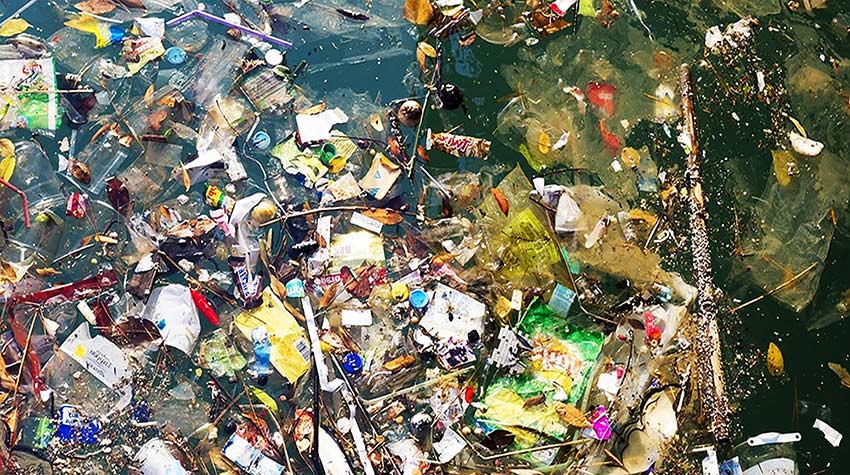

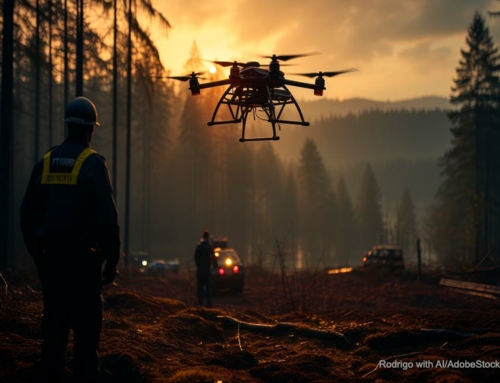
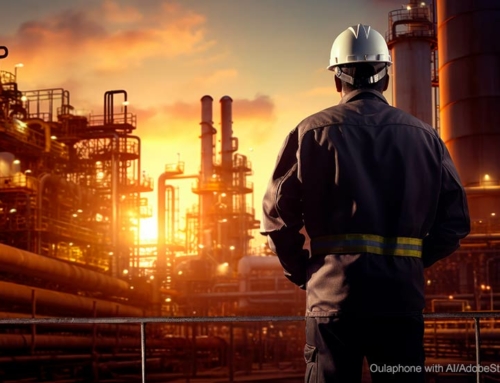
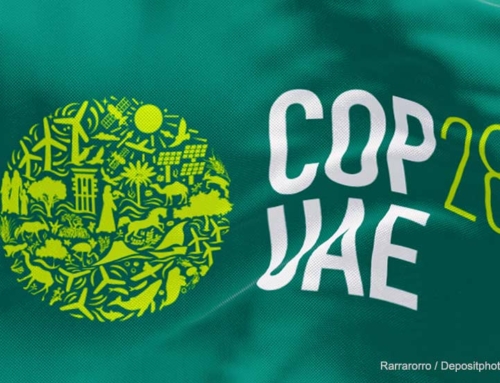
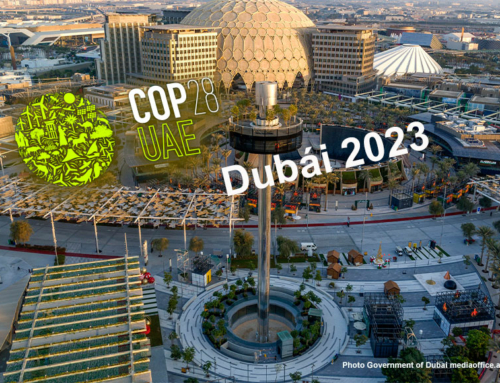
Leave A Comment